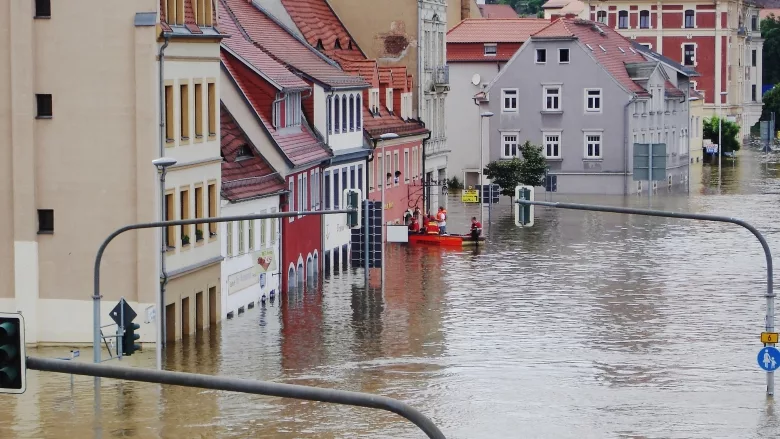The key to building enterprise climate resilience

Leaders working to fight climate change and risk and disaster management professionals often work in siloes, but increased collaboration between the fields is necessary to mitigate future climate risk to businesses and nations.
According to a report from the Council of Canadian Academies (CCA), bridging disaster risk reduction and climate change adaptation practices is crucial to reducing exposure and vulnerability to disasters and bolstering public safety in a changing climate. The report, "Building a Resilient Canada," offers a blueprint to other countries and enterprise organizations looking to protect themselves and their stakeholders from climate risk.
“The tragic and damaging impacts of cascading hazards are becoming increasingly apparent, as we saw in British Columbia, where record-breaking rainfall triggered landslides in areas where vegetation had been destroyed by wildfires just months earlier,” said Scott Vaughan, Chair of the Expert Panel that developed the report. “But outcomes like this are not inevitable ― they are the result of choices that put people in harm’s way. There are practical measures that can be implemented to help mitigate the most damaging effects of extreme weather events.”
The cost of preventing and preparing for disasters is several times less than responding to and recovering from them. However, most governments persistently underinvest in risk reduction and later pay the price in terms of disaster response and recovery.
According to the Expert Panel, decision-makers need prompt access to better data on extreme weather events to understand and reduce risks. Funding, investment and insurance programs and policies can also be adapted to build resilience.
Click here to view more report findings.
Looking for a reprint of this article?
From high-res PDFs to custom plaques, order your copy today!







